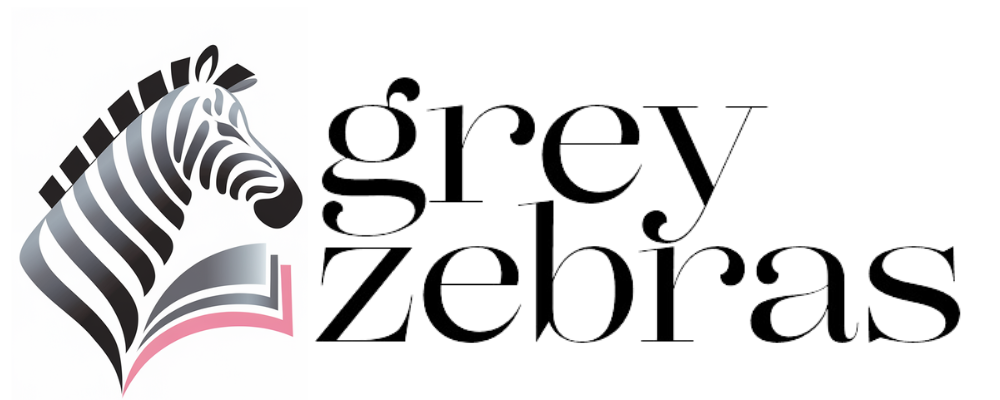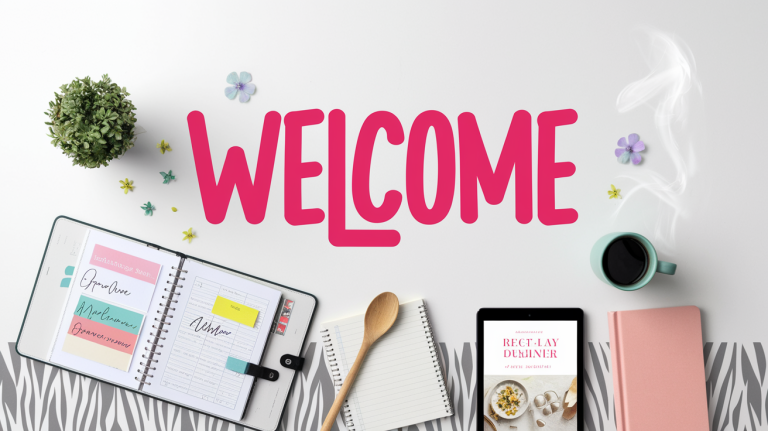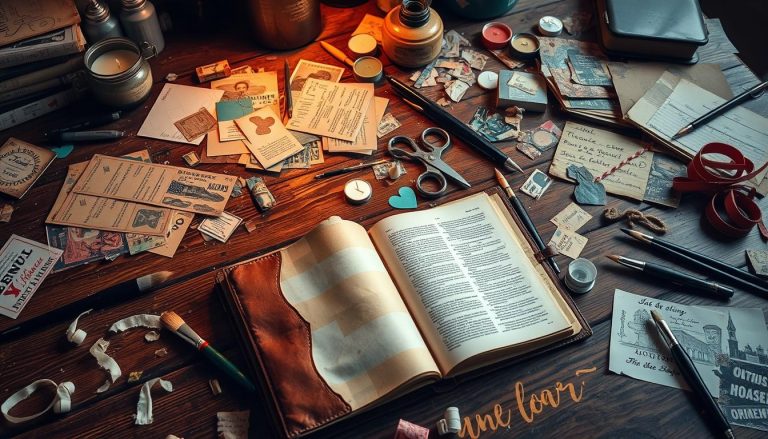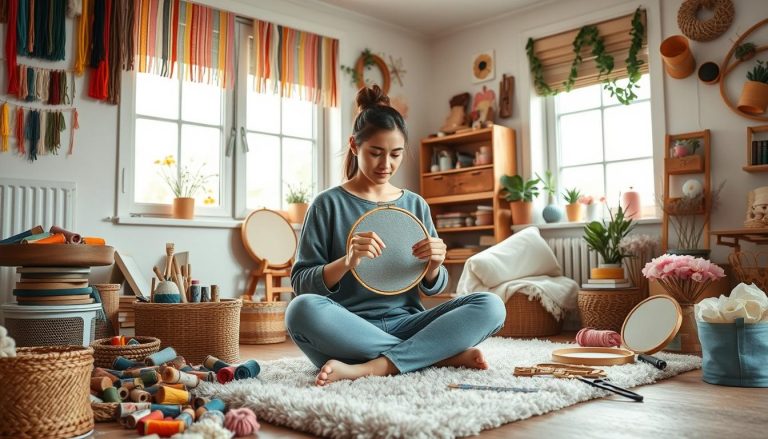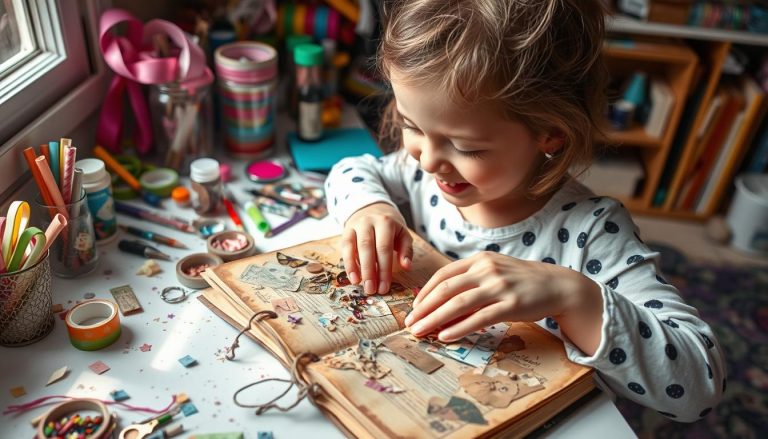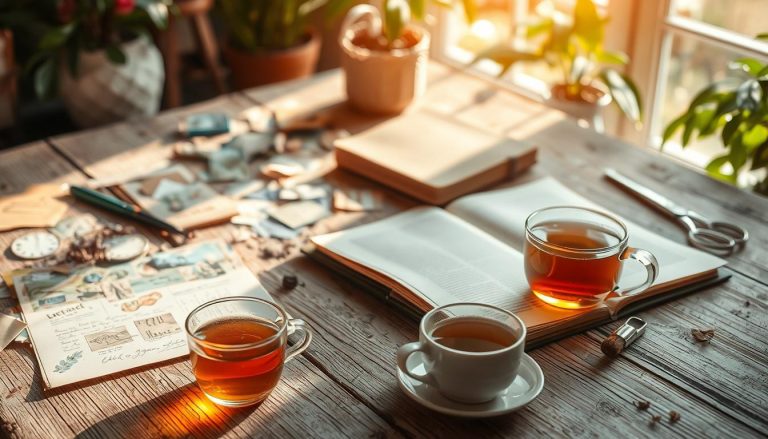Copyright on Designs: Safeguarding Your Creative Work
Did you know that 40% of UK businesses in the creative sector say they’ve had designs copied without permission? This is despite the law automatically protecting their work the moment it’s created. This shows a big gap between legal rights and how they’re enforced in real life.
Every logo, illustration, or product sketch gets legal ownership right away. But, many creators find it hard to protect their rights without registering formally.

Key Takeaways
- Coyright on designs starts instantly, but registration strengthens legal claims.
- Creative ownership protects ideas, but proactive steps are needed to prevent theft.
- Unregistered designs face higher risks of unauthorised use and financial loss.
- Formal registration provides clear proof of authorship and legal rights.
- Monitoring online activity helps safeguard creative assets from infringement.
Exploring the Fundamentals of Design Copyright
Design copyright laws protect creators’ rights to their work. They ensure that artistic and functional designs are not used without permission. This section explains how these laws work.
Understanding Intellectual Property Protection
Intellectual property protection starts when a design is created. It stops others from copying, selling, or making your work without asking. For instance, a graphic designer’s logo or an architect’s blueprint is instantly protected.

The Role of Registered Trademarks and Design Patents
Registered trademarks and design patents offer more protection. Here’s why they are important:
- Trademarks protect brand symbols, names, and slogans (e.g., Coca-Cola’s logo)
- Design patents protect the look of products (e.g., Apple’s iPhone shape)
- Registration gives public records and stronger legal actions
Creative Ownership and Issues of Copyright Infringement
“INFRINGEMENT DAMAGES TRUST AND REVENUES.” – WORLD INTELLECTUAL PROPERTY ORGANISATION
Disputes over creative ownership happen when copies are made without permission. Infringement can include:
- Copying patterns without permission
- Using unlicensed stock images
- Misrepresenting patented industrial designs
Creators need to watch how their work is used. They should also keep records to protect their rights.
Implementing copyright on designs: Strategies for Creative Safeguarding
Keeping control over your designs involves clear steps. Taking action early can prevent copyright infringement. Start by registering your designs with the US Copyright Office. This proves you own them and makes it easier to protect your rights later.
- Use watermarks and metadata to identify original work in digital files
- Monitor platforms like social media and marketplaces weekly for unauthorised copies
- Document all creative processes through dated sketches and digital logs

If you find copyright infringement, act fast. Send a formal takedown notice by email or through the platform’s system. Many designers solve issues by making licensing deals instead of going to court. For serious cases, talk to an IP lawyer to file a lawsuit under the Digital Millennium Copyright Act (DMCA). This can lead to compensation and stop misuse.
Preventive steps like adding unique identifiers to designs help track misuse. Showing the © symbol on your work also shows you own it. Small businesses often forget to check regularly, leaving them open to risks. Regular checks and teaching your team about protection can keep you safe in the long run.
Leveraging Design Rights in the Digital Era
In today’s world, protecting your creative work online is crucial. Design rights and patents are key to keep your ideas safe from misuse. Here’s how to update your strategy for the digital age.
Protecting Original Designs Online
Here are some steps to keep your work safe:
- Register your designs with the USPTO to get legal proof of your patents.
- Put watermarks and metadata on digital files to track misuse.
- Choose platforms that follow DMCA rules to make takedown easier.
Preventive Measures in the US
In the U.S., there are clear ways to protect your rights:
- Report infringements through official places like the United States Copyright Office.
- Keep an eye on marketplaces and social media for misuse of your designs.
- Get legal advice to make custom licensing deals for business partnerships.
Free Clip Art Resources – Boost Your Creative Workflow
Get 20 free clip art images to help your projects. This resource gives you:
| Feature | Details |
|---|---|
| Access | Instant download of 20+ vector graphics |
| Use | Royalty-free for both personal and commercial projects |
| Updates | New sets every month |
Use these resources with strong design rights protection. This way, you can be creative while keeping your work safe. Stay ahead of digital challenges and grow your creative tools.
Conclusion
Keeping your original designs safe is crucial. Legal steps like trademarks and design patents help protect your work. Using free resources, like monthly clip art, can also help.
Protecting your designs is more than just paperwork. It’s about keeping your creative identity safe. Knowing how to register and watch out for copying is key. This way, you keep your ideas yours alone.
By taking these steps, you secure your creative future. You’re ready to succeed in today’s competitive world. Use the right tools and knowledge to make your work stand out.
